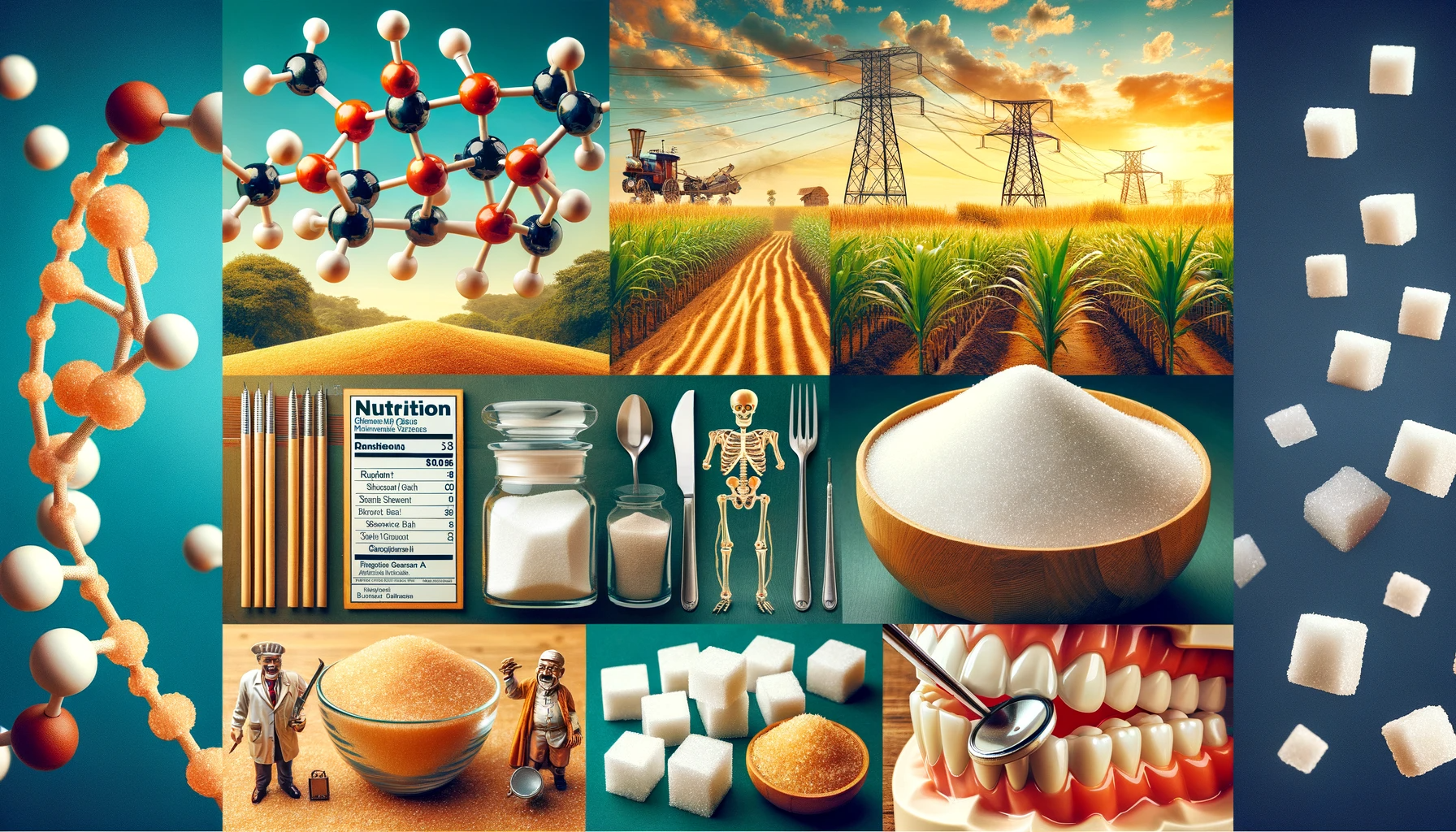Are you looking to embark on a delicious gluten-free baking journey without compromising on the sweet satisfaction? Gluten-free baking with sugar can be just as delightful as traditional baking, and in this comprehensive guide, we’ll explore the essential ingredients and techniques you need to create mouthwatering gluten-free treats. Whether you have celiac disease or simply prefer a gluten-free lifestyle, this article is your go-to resource for successful gluten-free baking with sugar.
Understanding Gluten-Free Baking
1. The Importance of Going Gluten-Free
Before we delve into the world of gluten-free baking with sugar, it’s essential to understand why some people choose to eliminate gluten from their diets. Gluten is a protein found in wheat, barley, and rye, and it can trigger adverse reactions in individuals with celiac disease, gluten sensitivity, or wheat allergies. By opting for gluten-free baking, you can enjoy scrumptious desserts without the worry of digestive discomfort or other health issues.
2. The Role of Sugar in Gluten-Free Baking
Sugar is not just a sweetener; it plays a crucial role in gluten-free baking:
- Texture Enhancement: Sugar adds moisture and tenderness to gluten-free baked goods, compensating for the absence of gluten’s binding properties.
- Flavor Enhancement: It enhances the taste profile of your gluten-free treats, making them more enjoyable.
- Browning: Sugar helps in achieving that desirable golden-brown crust on cookies, cakes, and bread.
Essential Ingredients for Gluten-Free Baking with Sugar
3. Gluten-Free Flours
Choosing the right flour is the foundation of gluten-free baking. Some popular gluten-free flours include:
- Almond Flour: Rich and nutty, almond flour is excellent for cookies and cakes.
- Rice Flour: White and brown rice flours are versatile and work well in various recipes.
- Coconut Flour: Adds a subtle coconut flavor and moisture to baked goods.
- Oat Flour: Ensure it’s certified gluten-free, as oats can be cross-contaminated.
4. Starches
Starches are often added to gluten-free flour blends to improve texture and structure. Common starches include:
- Cornstarch: A versatile option for thickening and adding tenderness.
- Tapioca Starch: Known for its chewy texture and binding properties.
- Potato Starch: Offers a light and airy crumb in baked goods.
5. Xanthan Gum or Guar Gum
To mimic the binding properties of gluten, xanthan gum or guar gum is essential. These act as stabilizers in your gluten-free recipes, enhancing the overall texture and structure.
6. Sugar Varieties
When it comes to sugar, you have various options:
- Granulated Sugar: The classic choice for most recipes.
- Brown Sugar: Adds depth of flavor and moisture to baked goods.
- Honey or Maple Syrup: Natural sweeteners that can be used in moderation.
7. Eggs and Egg Replacers
Eggs contribute to the structure and moisture in baking. You can use eggs or egg replacers like flaxseed meal, applesauce, or commercial egg substitutes for binding and moisture in gluten-free recipes.
Techniques for Successful Gluten-Free Baking
8. Mixing and Blending
Proper mixing is vital in gluten-free baking. Mix dry ingredients thoroughly before adding wet ingredients, and avoid overmixing, which can lead to dense baked goods.
9. Leavening Agents
Pay attention to leavening agents like baking powder and baking soda. Adjust their quantities to achieve the right rise and texture in your gluten-free creations.
10. Temperature and Baking Time
Gluten-free baked goods often require a slightly lower temperature and longer baking time. Keep a close eye on your treats to avoid overbaking.
11. Cooling and Storing
Allow your gluten-free creations to cool completely on a wire rack before storing them in an airtight container to maintain freshness and texture.
Final Thoughts
Gluten-free baking with sugar is not only achievable but also incredibly rewarding. Armed with the right ingredients and techniques, you can indulge in a world of delectable desserts that cater to various dietary needs. Whether you’re new to gluten-free baking or a seasoned pro, this guide equips you with the knowledge to create gluten-free treats that will leave your taste buds dancing with delight. So, roll up your sleeves, preheat that oven, and let the gluten-free baking adventures begin!
